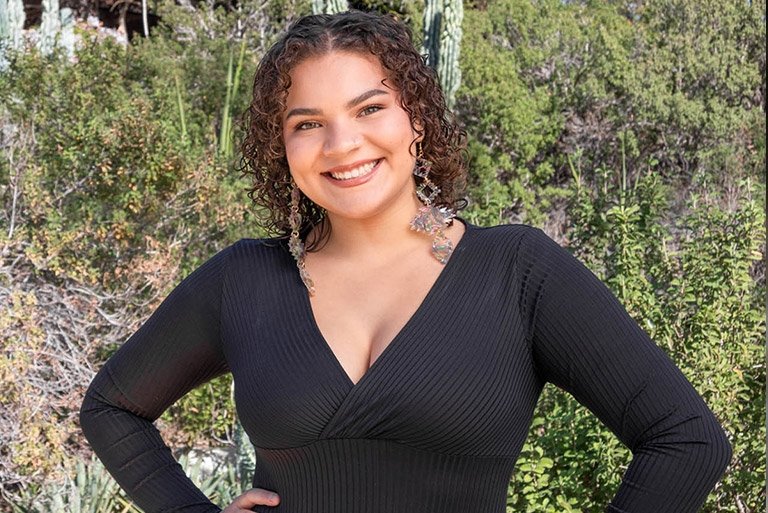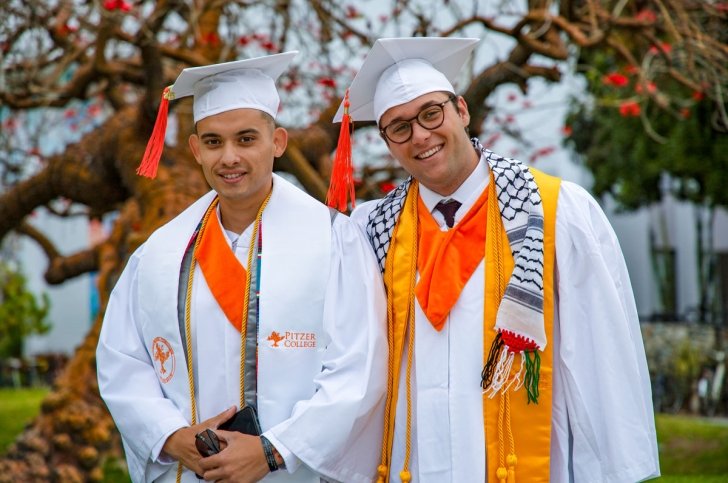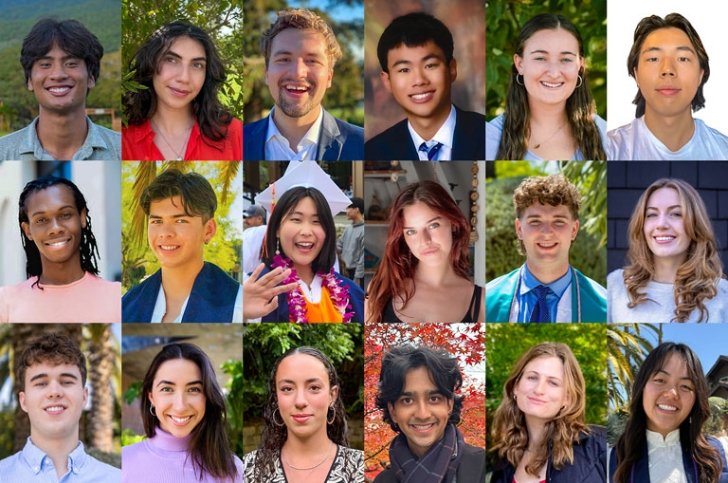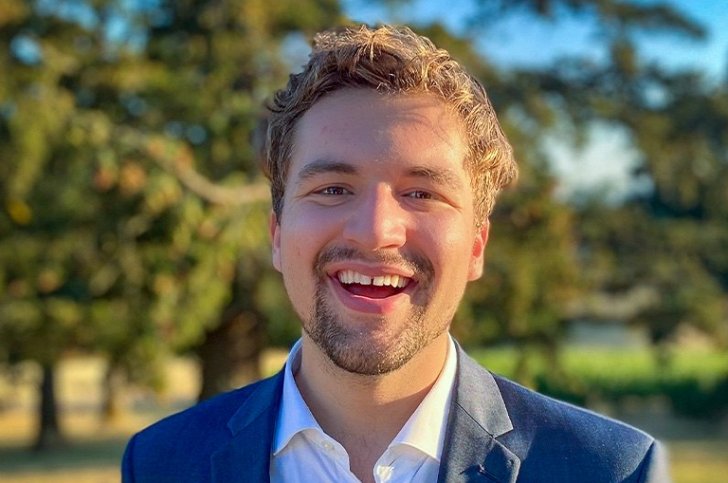Native American Heritage Month Spotlight: Jansikwe Medina-Tayac ’25
Meet Pitzer student Jansikwe Medina-Tayac ’25 (she/her), a media studies major and Native Initiatives coordinator through Pitzer’s Community Engagement Center.

How do your culture and family background influence your work?
I am from Maryland, outside of D.C. My tribe is Piscataway, which is based in Maryland. My mom is Native American, and my dad is Colombian. I grew up going to ceremony and being in community with tribal members. I learned how we’re interconnected and the importance of taking care of the planet. We believe that our ancestors are always here and looking after us.
My family is an activist family. My first protest was when I was a baby. In high school, I started organizing around the time of Standing Rock. I wrote and shared a speech at a rally, which got a lot of attention online. I was part of This is Zero Hour, a youth of color-led climate organization.
In my high school’s communications program, I made a video about the missing and murdered Indigenous women crisis. Media and film are a powerful tool to make change. I saw how far it could reach. It inspired me to pursue media studies.
How did you get to where you are now? What challenges and victories have you experienced?
I’m here because of my family. They raised me to be connected to community and the planet. Having that support, I’ve been able to push myself in new ways.
I’ve faced challenges and feeling different. There are not many Native kids where I’m from or here. I was scared to tell people that I was Native American because I thought they would think I was weird. In elementary school, they brought in a Native American group for an assembly for Native American Heritage Month. They started dancing and singing, and all the kids laughed. I felt so bad about myself and where I came from.
My family is proud of who we are and push me to be too. In high school, I realized I’m glad I’m different. I’m proud of where I come from, and I want to make sure others feel the same. I feel isolated and different here as well. There are not many Native students. It’s been important for me to help create the Native Indigenous Student Union (NISU) because I want to create space where Native and Indigenous students feel safe.
What does this heritage month mean to you?
I take it with a grain of salt. I appreciate that people are using it to bring awareness to Native and Indigenous issues. It’s important to celebrate our accomplishments and contributions and recognize the ways we’ve been oppressed. But this needs to be acknowledged all year.
Tell us about your work as a Native Initiatives coordinator.
Tongva elders Julia Bogany and Barbara Drake recently passed away. This summer I archived their knowledge and work with Pitzer and the 5Cs. I catalogued their documents, videos, and photographs. It felt special to connect with them in that way.
Now, I’m working toward creating a safe space for Native and Indigenous students because this is a predominantly white institution. We had issues of non-Native students using our room. For us to claim space was important, so when other students disrespect it, it feels like our land is being taken away again. My position as a Native Initiatives coordinator allows me to talk to people in administration and uplift the voices of NISU members.
I’m also thinking of fun things for us to celebrate, reconnect, and create community. I’m doing projects and running meetings, but a lot of it is the everyday labor of being an Indigenous student.
How did you end up at Pitzer?
I was looking for an environmental program, media studies, and an emphasis on social responsibility and social justice. My best friend at home visited Pitzer and said we have to apply. It was a big step to go so far. My friend also got in, and knowing she would be with me made me feel better. It was terrifying to leave home. I was supposed to be Class of 2024, but I took a year off because of Covid. I’m happy I’m here now.
News Information
Published
Author
Bridgette Ramirez


